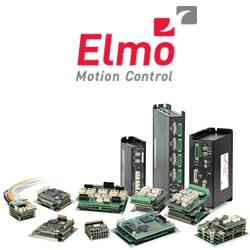Why pink is the new green at this farm in Dubai
Sapna Dhanwani for News XPRESS: A newly opened farm in Dubai has devised a unique method of growing pesticide-free veggies all year round. It uses eerie pink LED lights instead of sunlight.
Less energy, more growth
Unlike traditional indoor farms lit by high-powered flourscent lamps, the climate-controlled Badia Farms in Al Quoz 1 basks under efficient low-energy pink-colured lights which are not only cost-effective and durable but also speed up crop growth dramatically.
Researchers have found that plants grown under LED lights can significantly reduce greenhouse energy costs without sacrificing yield. According to them, the technique could change the way farming works.
“Since these crops aren’t exposed to sunlight, they don’t lose water or energy and therefore are far more nutritional than plants grown outdoors,” says Saudi businessman Omar Al Jundi, founder and CEO of Badia Farms which operates from a warehouse. The neon pink lights make the place look more like a nightclub than an indoor farm.
When plants are stacked on top of each other in a vertical farm, the ones at the bottom are often deprived of essential nutrients. Full Article:
Comments (0)
This post does not have any comments. Be the first to leave a comment below.
Featured Product

